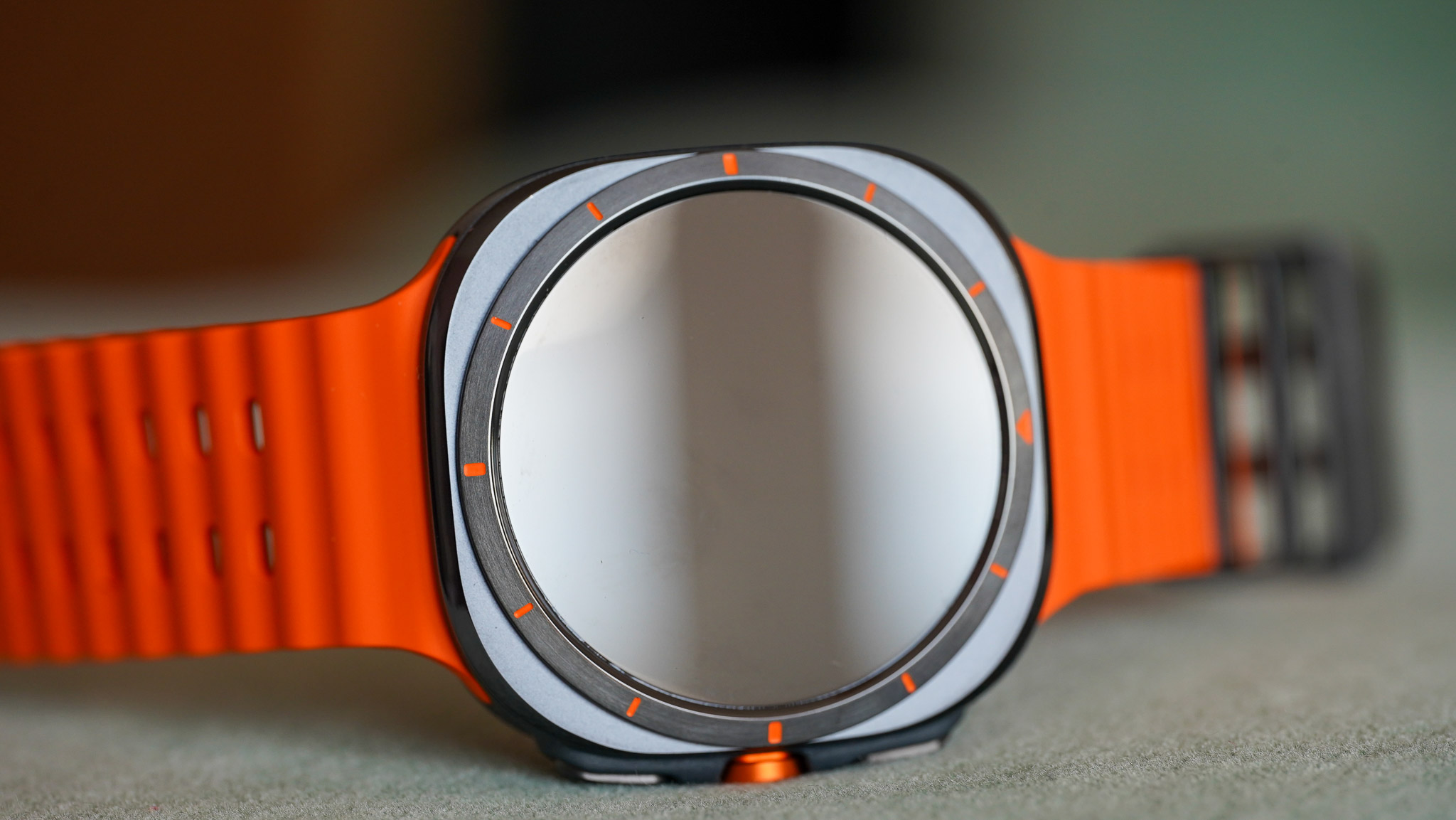
People are obsessed with Samsung’s rotating bezel concept. Every year, when a new Samsung wearable is announced, the first thing people will ask is, ‘Does it have a rotating bezel?’ This was certainly the case when the Samsung Galaxy Watch Ultra was launched.
The fascination with this seemingly arbitrary feature is understandable to some degree. The best smartwatch landscape is quite saturated, and it’s hard to find truly unique features fans can get excited about.
The Samsung Watch’s rotating bezel is one of these. If it’s such a recognisable component of the wearable, why don’t Samsung add it to all of its smartwatches? Surely, including a rotating bezel on all Samsung Watches is a no-brainer.
The answer, as always, is a bit more complicated. Let’s just say there is a reason why the South Korean brand will only add it to some of its new watches, but not all. Plus, you might be surprised to hear that a version of the rotating bezel is actually included in all Samsung Watches. How?
Everything wrong with Samsung's rotating bezel
There are many reasons why Samsung doesn’t include a physical rotating bezel on all its smartwatches. First, it’s a moving part, which is, by default, a weak point in the design. Smartwatches with non-moving parts will not have issues like the mechanism getting stuck or parts not fitting properly, causing friction.
This is important. Most of Samsung’s wearables are designed for an active lifestyle and are meant to be worn for exercise. However, people who exercise more wearing their smartwatches will also be more likely to get them dirty with sweat and dust. If this gets in between the watch case and the rotating bezel, it practically grates away the watch.
This is the reason why Samsung only added the physical rotating bezel to its lifestyle watches, like the Galaxy Watch 6 Classic. Those are less likely to be worn a lot for exercise, which means they are less likely to have this issue. Even with those, Samsung’s risking people complaining about the bezel getting stuck.
Why do people still prefer the rotating bezel?
If the rotating bezel is such a flawed concept, why do so many people like it? As mentioned in the intro, a physical bezel is one of the unique selling points of Samsung watches. It makes the watch more fun to operate and is a tactile way to interact with Samsung wearables.
This last bit is important. We all love touchscreen, but interacting with a physical object feels more ‘real’ and provides tangible feedback. Most products we interact with are designed for humans, and even in the digital world, physical buttons are here to stay. Garmin watches still have five push buttons and disable the touchscreen during workouts to avoid accidental operation.
Even though the rotating bezel's functionality is somewhat limited, it enables people to cycle through screens quicker than if they used the touchscreen, which is to say it replaces at least a couple of push buttons. If only there were a way to have a rotating bezel without the issues…
The rotating bezel never went away
The most curious aspect of the rotating bezel debate is that Samsung rolled out an alternative as soon as it eliminated the physical bezel. The company's wearables feature a digital bezel (external link) that functions the same way as the physical one.
Of course, this isn’t the same tactile experience as the real deal. However, from a functionality perspective, it does exactly the same thing. If you want to shuffle through menu options or tiles quickly, all you have to do is run your finger around the edge of the display. Voila!
Galaxy Watch Ultra: do we need the bezel?
The question remains: does the Samsung Galaxy Watch Ultra, or any Samsung wearable, for that matter, need the turning bezel? We’d argue that keeping the Galaxy Watch Ultra as rugged as possible and having a rotating bezel would complicate things too much to be a useful feature addition.
As nice as the physical bezel is, we love it as much as the next person, but it’s too risky to have on wearables. Samsung best put the idea to bed for good; we’re sure that after a while, people can move past not having one. Plus, if we can finally forget the bezel issue, it might allow Samsung to focus on real issues and move the wearable industry forward. And that’s admittedly more important than being able to move around the menus quickly.







